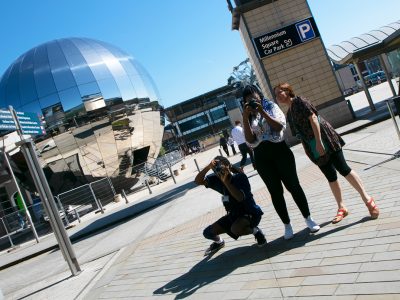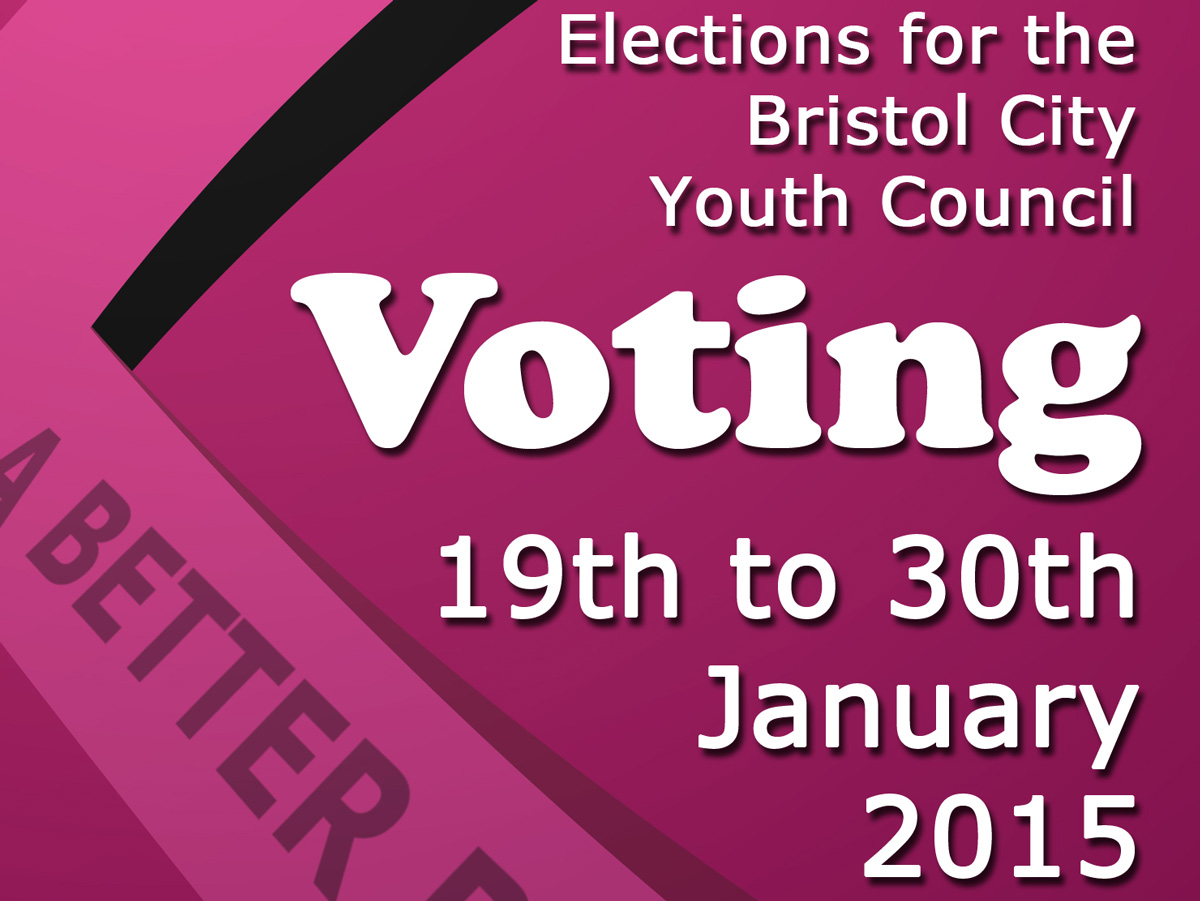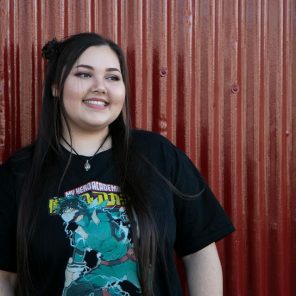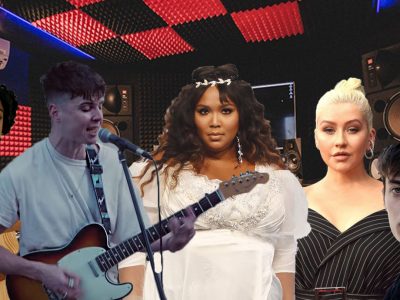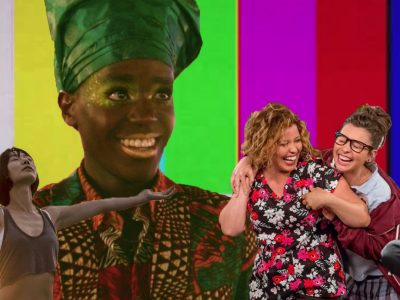What young people need now
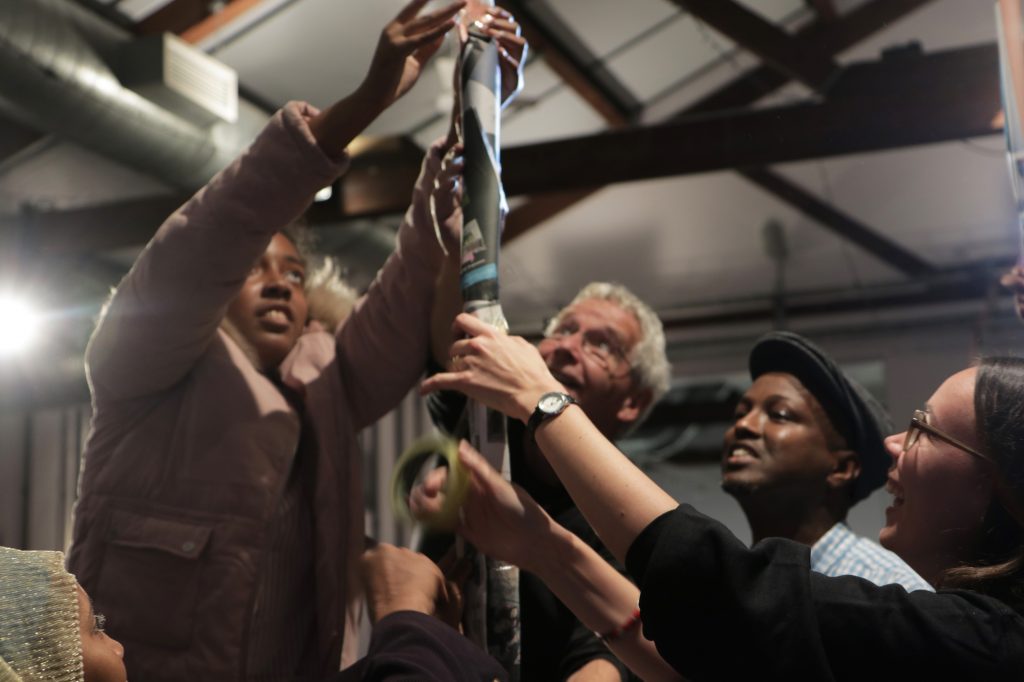
Sumaya heads to a Creative Youth Network event to find out what young people *really* need from youth services
Thirty-three percent of Bristol’s population is under the age of twenty-five. Young people exist here and now – and we harbour opinions, needs and visions for the future. With providing for youth supposedly climbing the policy and news agendas, now is a pivotal time to explore what services should look like in 2025. Thanks to Creative Youth Network, acta, Empire Fighting Chance, Travelling Light Theatre Company, Young Bristol and Youth Moves, an important space was created at an event in Bristol’s Watershed, called We The 33%. A space where the generational gap was bridged, and young voices were elevated and received – a key theme of Held in Pockets, a spoken word poem by young artist Leeza Awojobi that was screened at the event. Coming from various backgrounds and situations, young people expressed their concerns, hopes and ideas for the future alongside the people that actually make the changes in our area. We are trusting them to the hands of our elders with faith they will utilise their positions of power to better all of our futures, helping co-create the shape of youth services to come.
A key theme discussed was education and keeping young people in school. It was clear from conversations that changes to the curriculum are definitely needed. From a very early age we are put into the education system and we are made to think about what we want to be before we are given the chance to figure out who we are as individuals. The creative arts facilitate and nurture the exploration of self. Young people need access to subjects that will help them better find, understand and communicate what’s going on in their minds and hearts. They need the opportunity to develop character, support and be supported by community found in the arts.
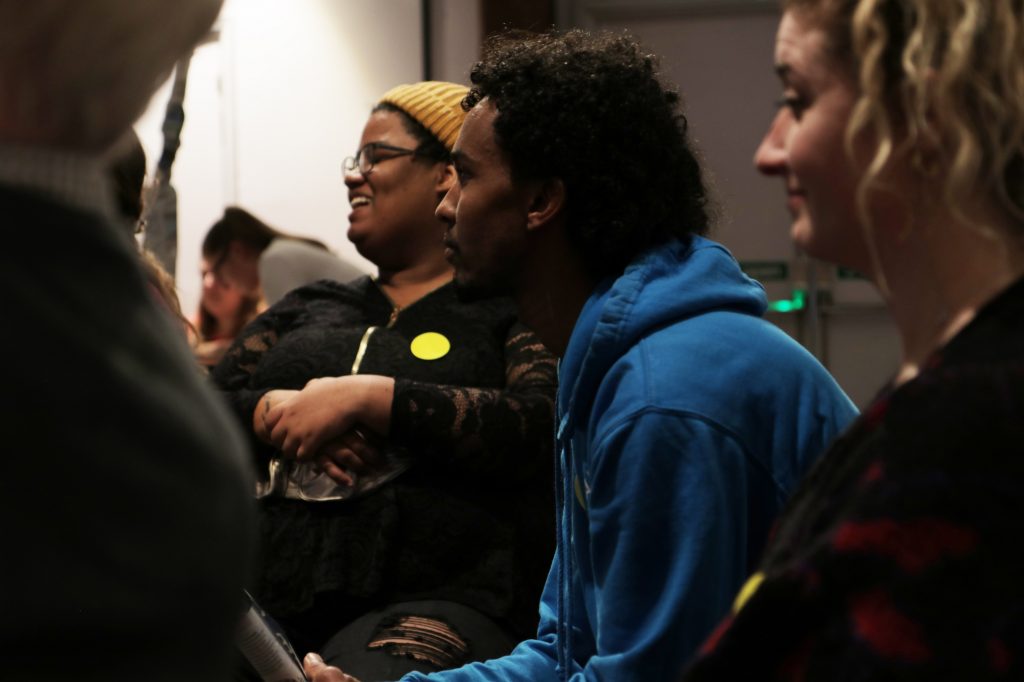
We need methods of teaching that engage students, as well as subjects that develop actual life skills – how to budget and handle finances, or how to cook. We also need more flexibility. Young people are often juggling and going through a lot more than they are credited for – be it a difficult living situation, the impacts of bullying and racism, the stresses of schoolwork, disability that may not always be visible, or additional responsibility as a young carer. A safe space needs to be available for young individuals to open up about the hardships they’re facing, and this needs to be met with humanity and compassion. It should be met with exam exemptions, emotional support, and effective solutions rather than harsh, unproductive repercussions. There needs to be more training for volunteers and teachers on how to better support those with disabilities and roles as a young carers, so they are more knowledgeable on how to approach the subject and better facilitate these individuals’ needs. It’s also crucial for schools to be hiring more Black, Asian, and minority ethnic teachers. It’s important for students of colour to feel represented – to have positive role models who can empathise with and relate to their experiences in school, and who may be more willing and likely to advocate for them.
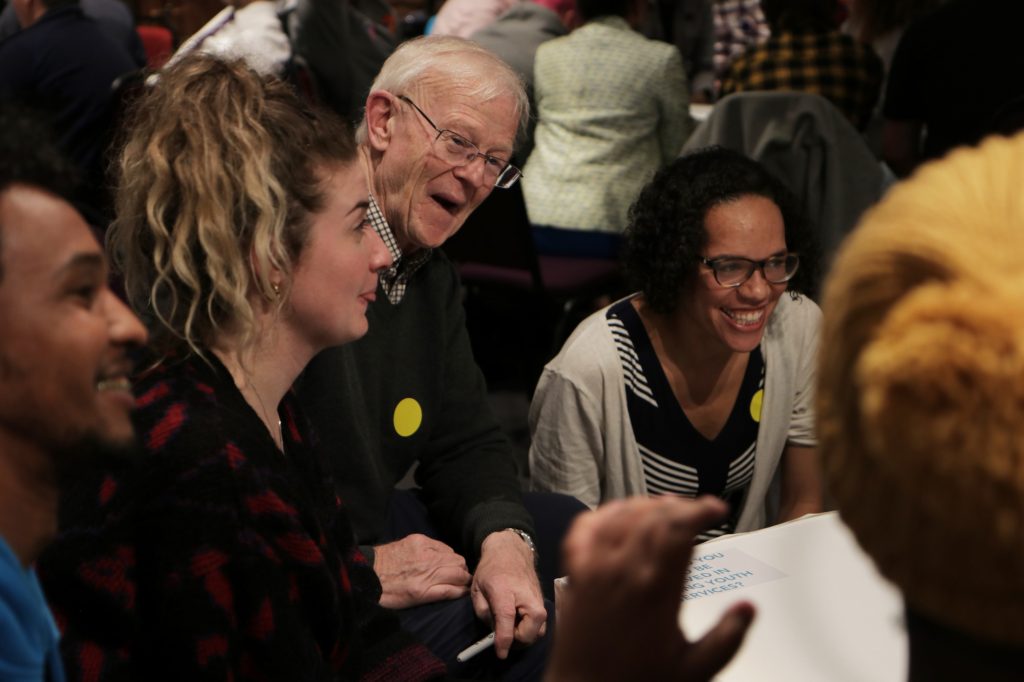
Coming out of school, there needs to be more guidance regarding next steps, a greater variety of options available, and more support for those facing homelessness. There needs to be affordable, safehousing, as well as more jobs and apprenticeships – creative in particular – on a liveable pay, as well as ways to gain experience without first needing experience. We need to bring employers closer together with the issues that young people face, and get back in touch with our humanity. Too many organisations and companies try to make machines out of humans. They don’t care about their employees’ wellbeing so long as the job gets done. Being made to spend copious amounts of time within establishments that neglect mental health means safe places and spaces for these individuals are essential. Young people need free access to venues and clubs in what little spare time they have, where they are free and encouraged to discuss whatever they need in a supportive environment. Healthy coping mechanisms that allow the channeling of negative emotions into something productive, such as physical activity and creative outlets, should be explored in these spaces. It’s an effective way of combating poor mental and physical health, as well as violence and antisocial behaviour, all the while building a support network.
Though it was impossible for me to capture all the different conversations happening within this wonderful, collaborative event, it’s the most important that these discussions continue. Talk to young people, and really listen to what they have to say. Getting a dialogue going between young people and the older generation is a great first step, but what we really need now is action. Big ups to all that got involved in the event in whatever capacity – who are actively hoping to change our beautiful city for the better.
Find out more about Creative Youth Network’s work here.
All photos by Sumaya Hassan-Murphy

